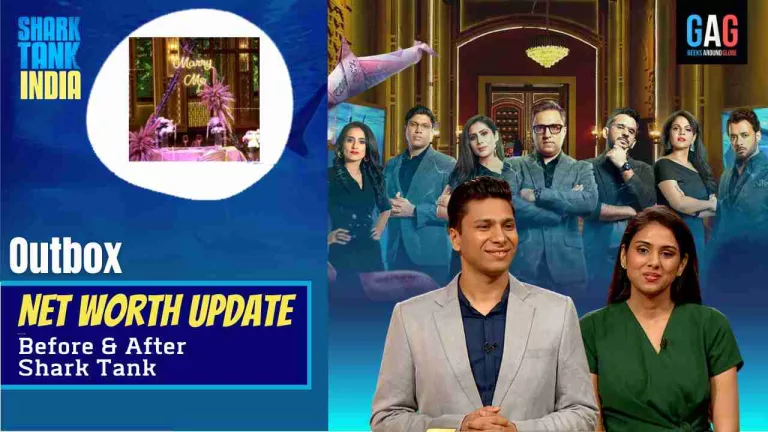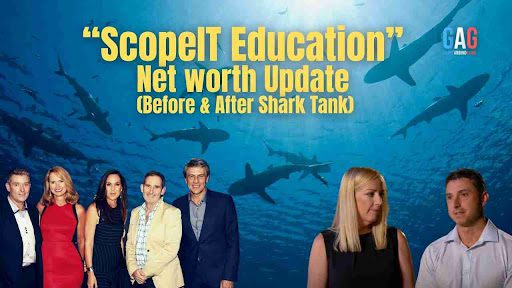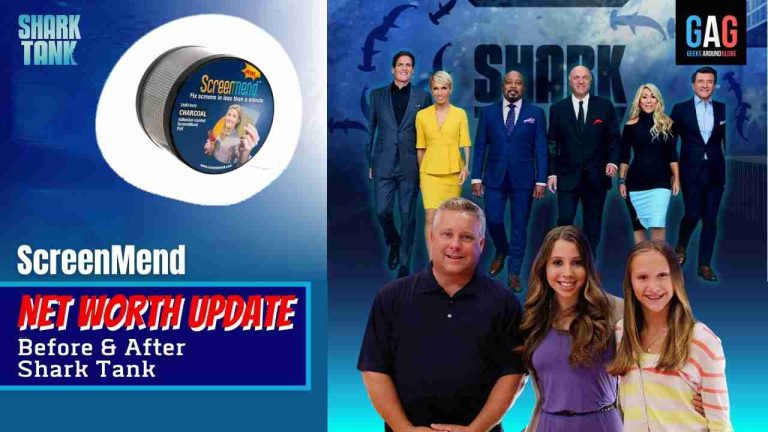Shark Tank, aired on ABC, is a reality show with a distinct style of shaping new business ventures. The premise of the show is that entrepreneurs with big ideas pitch their innovation or invention to a panel of wealthy investors, also known as ‘Sharks,’ and try to get them to fund the project. Success on Shark Tank depends on the ability of the entrepreneurs to convince the investors that their project is a worthwhile investment.
A failed deal on Shark Tank means that the Sharks refuse to make a deal because of weaknesses and potentially fatal flaws in the product or business model. Let’s take a look at some of the more memorable failures on Shark Tank.
1. Hy-Conn

‘Hy-Conn’ was developed to connect fire hoses to hydrants in a fast, easy, and efficient way. Mark Cuban offered Jeff Stroope $1.25 million for 7% in return for 100% equity to license it for faster and more cost-efficient production and distribution. Stroope refused the deal as he would lose his company.
He pins his failure on the show on Cuban saying he tried to change the terms of the contract. Due to a lack of experience and business knowledge, Stroope lost his opportunity. Hy-Conn was patented, but it never reached production.
2. Biem Butter Sprayer

‘Biem Butter Sprayer’ is a kitchen utensil used to spray butter. It was presented on Shark Tank, and Lori Greiner made a deal for $500,000 for 14%. After the show, the deal fell through due to product malfunctions. Also, the inventor Doug Foreman was unable to gather funding to improve and fix the faulty design.
There were also numerous complaints against Biem from the Better Business Bureau for producing and distributing faulty products. The deal was made but fell through since the product didn’t meet expectations. More focus should have been given to creating a product free from errors.
3. The Natural Grip
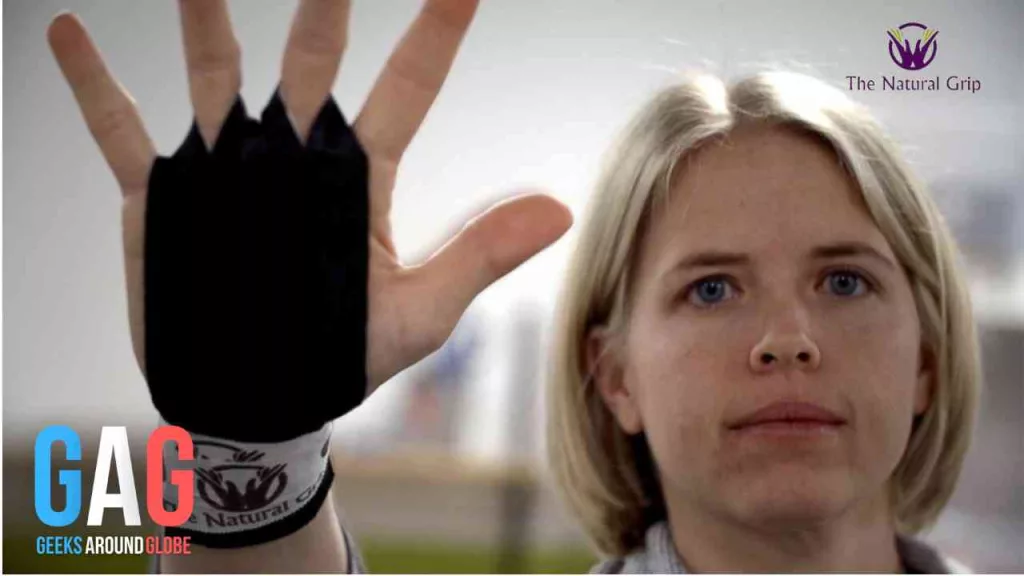
Ashley Drake invented ‘The Natural Grip’ to prevent injuries to the skin on hands from gripping equipment. Drake appeared on Shark Tank hoping to make a deal for $100,000 in exchange for 20% and accepted the final offer of $125,000 for 25% made by Robert Herjavec.
The product could have been a success as it solved an issue faced by many athletes. It couldn’t generate enough sales and shut down in 2018. During the show, Daymond John offered $100,000 for 40%, with a chance for the product to be licensed by Reebok. Had she accepted that deal, there is a possibility that the product would have had better success.
4. RoloDoc

‘RoloDoc’ was a social media concept uniquely designed for communication and interaction between doctor and patient. Doctors Albert and Richard Amini needed investment to develop and launch their app. However, their pitch was incomplete and unplanned.
They failed to address important focal points in a pitch, such as how the app creates value for its users and how they plan on generating a return from it. There were concerns regarding the privacy of patients and the confidentiality of their health records. They had no screening process to check the legitimacy of the doctors on the platform. The pitch was ultimately declared “The worst pitch in Shark Tank history” by investor Mark Cuban.
5. The Sullivan Generator
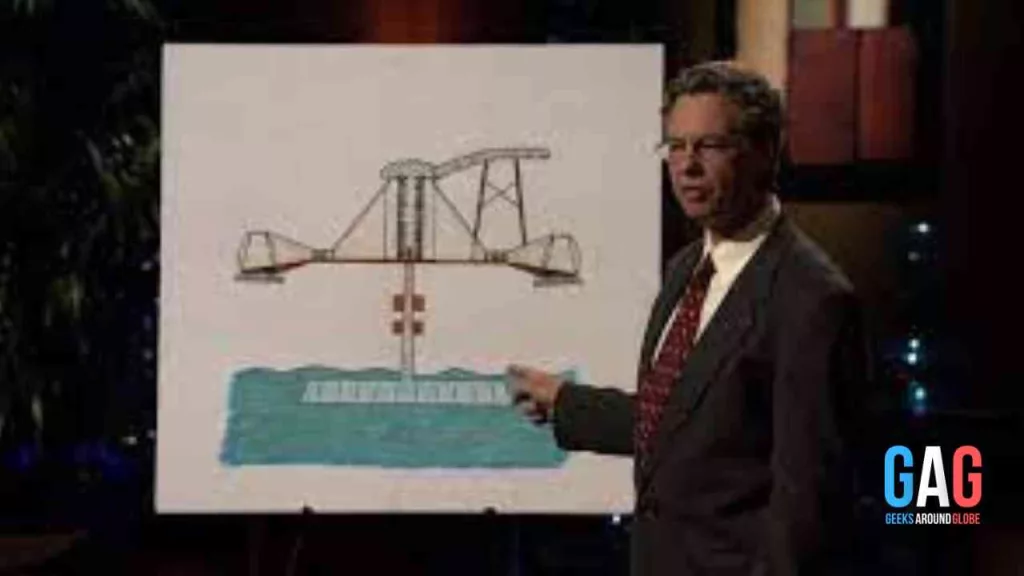
‘The Sullivan Generator’ is a device that uses the Earth’s rotation to churn ocean water through turbines to generate energy. Additionally, it produces valuable by-products such as Gold and Manganese, which could potentially generate $1 billion. Inventor Mark Sullivan requested $1 Million for 10%.
The presentation and concept were too complicated and improbable, and Sullivan left the show empty-handed. He could have gotten a more positive response from the investors if he had taken the time to explain the concept in a jargon-free way and maybe demonstrate the working of the product or a 3D representation of its function.
6. Plate Topper
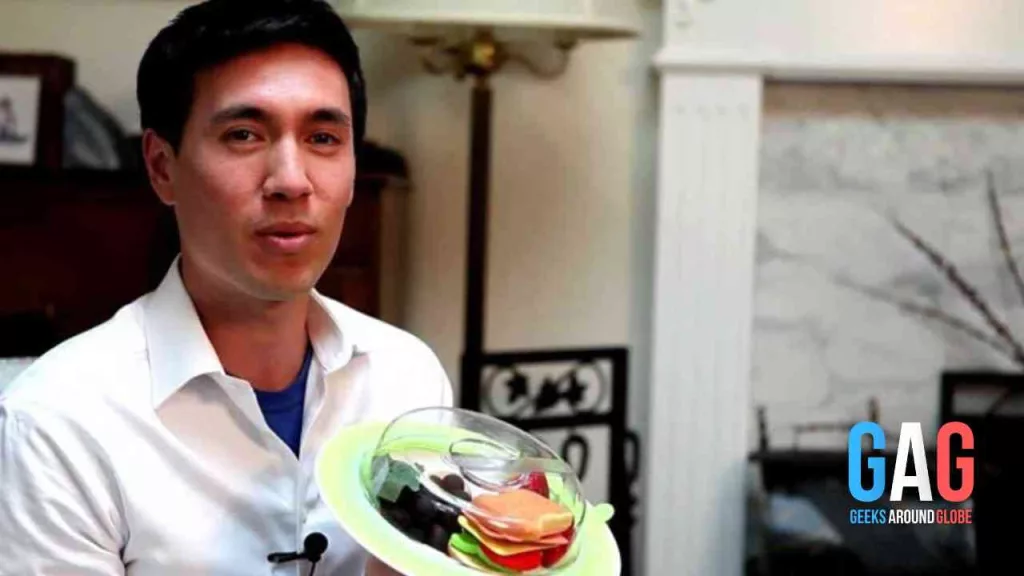
‘The Plate Topper’ is a plastic microwave-safe half-storage container that fastens over a plate using rubber suction, eliminating the need to store leftovers in Tupperware or wrap them in plastic wrap. The product was already generating successful sales when the creator Michael Tseng appeared on Shark Tank seeking $90,000 for 5%.
There was a bidding war between the Sharks, but Tseng handled it unprofessionally. After losing many extraordinary deals, he had to settle for $90K for 8% or leave empty-handed. Tseng handled the deals in a very greedy and ungentlemanly way. It was later known to be an example of how not to negotiate deals on Shark Tank.
7. The Ionic Ear
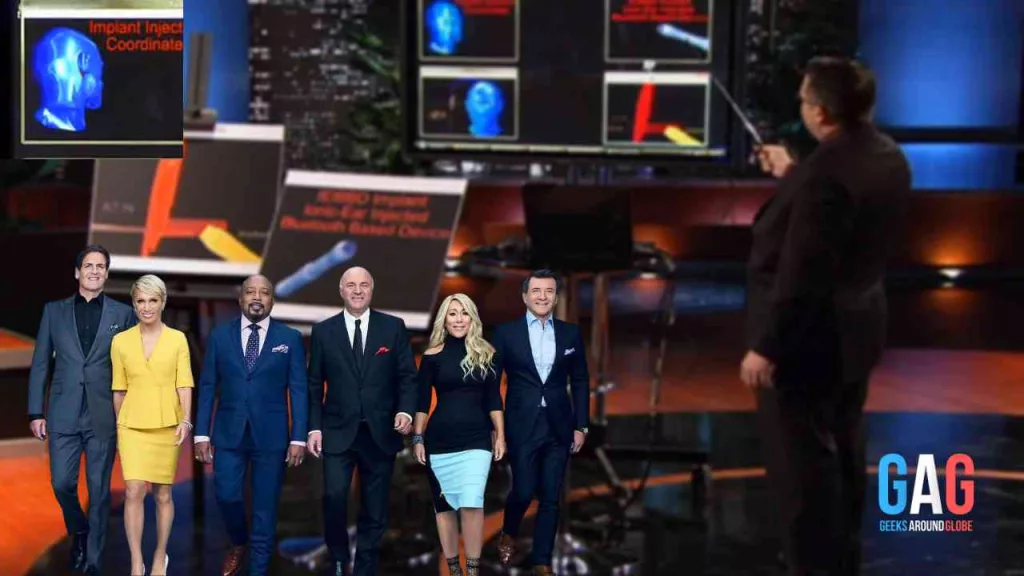
‘The Ionic Ear’ is a Bluetooth device surgically implanted in the user’s inner ear to resolve the issues of the device falling out. After his pitch, inventor Darrin Johnson sought a deal of $1 million for 15% left without receiving any offer or semblance of interest from the Sharks.
The investors felt nobody would undergo the procedure for such a small inconvenience. They didn’t see any positive aspects of the invention as it involved complicated and unnecessary medical procedures.
8. ShowNo Towels
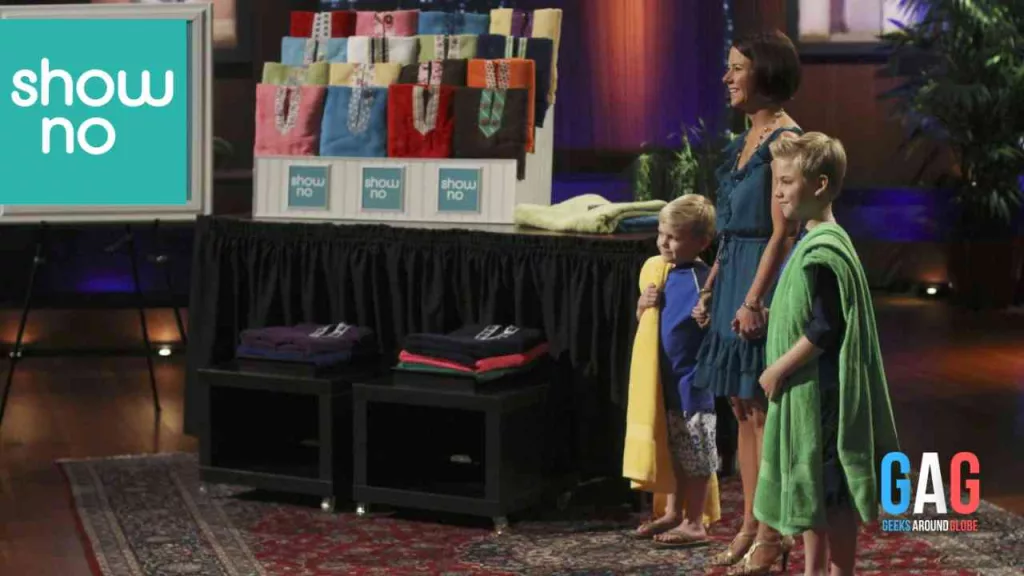
Shelly Ehler faced difficulty at the beach and water parks trying to find privacy to change her kids’ wet swimwear. She developed the ‘ShowNo Towel,’, a towel with a slit in the middle that provides poncho-like coverage. Shelly hand-manufactured the products in her living room. She requested $50K for 25% and received $75K for 25% from Lori.
Eventually, the business failed as the simplicity of her design made it an unnecessary purchase as it could easily be replicated at home. And also, there were even Pinterest posts with DIY instructions. The seasonality of her product and the demography being people with young children also caused the loss of business.
9. Toygaroo

‘Toygaroo’ was a concept presented by Nikki Pope as a Netflix for toys. The model consisted of a system where parents could rent toys so that when their kids eventually tired of playing with them, they could return them to be sanitized and shrink-wrapped for the next customer.
Her model showed an estimated $500 per year ($35 – $89 per month) against the average of $1200-1400 spent per year on toys. The Sharks make her an offer based on the fact that she has a waiting list of 1000 interested parents. Doubts arise when they discover Pope holds only 10% of the Toygaroo company.
Cuban and Kevin O’Leary partner together on $200K for 40%. Toygaroo was unable to maintain operations for more than a year as there were too many partners involved in the process, and inevitable conflicts arose. The Sharks got no return on their investment.
10. Breathometer
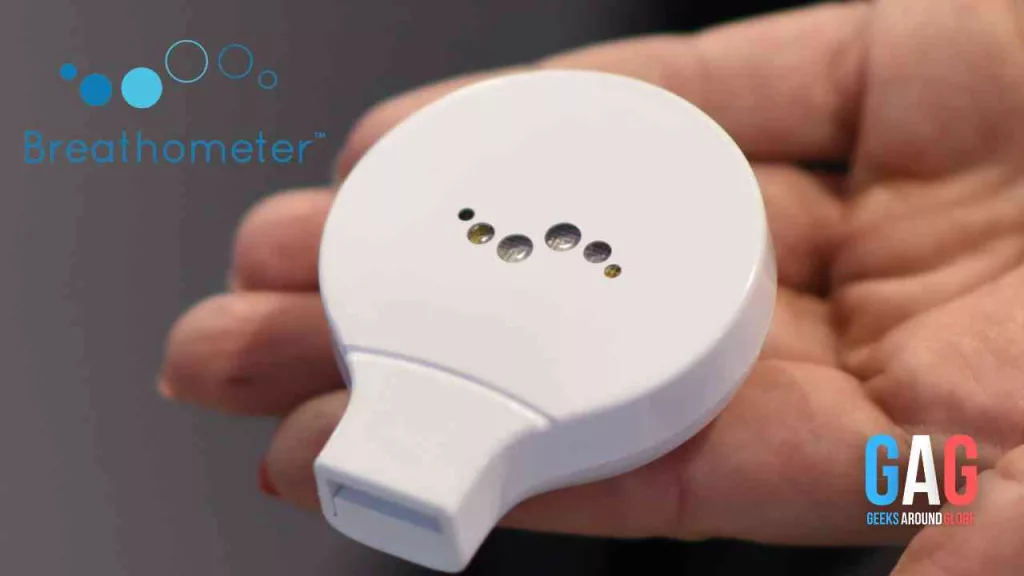
The ‘Breathometer‘ is a small device used with a mobile phone that analyses the Blood Alcohol Levels of the user. The inventor, Charles Michael Yim, presented the device to the Sharks, hoping to obtain $250K for 10%. All 5 Sharks wanted in on the deal and gave him a joint offer of $1 million for 30%.
The device was a success and generated so many orders after the show that Kim found it difficult to meet the demand. In January 2017, Breathometer was asked to refund the proceeds of devices sold between 2013 and 2015 as a settlement with the Federal Trade Commission (FTC). Apparently, the device had been understating blood alcohol levels.
The company was aware of this but continued to publicize the accuracy of its product endangering consumers who relied on it to make decisions.
Conclusion
Asking investors to help you in a business deal is far from a simple matter. Perhaps the invention itself did not take much thought, but without proper planning and knowledge, it’s not easy to make a product grow in today’s competitive market. Also, creating a product with honesty and integrity and not trying to cheat consumers who have placed their trust in you is fundamental in ensuring the goodwill of the product and growing your profits along with it.


